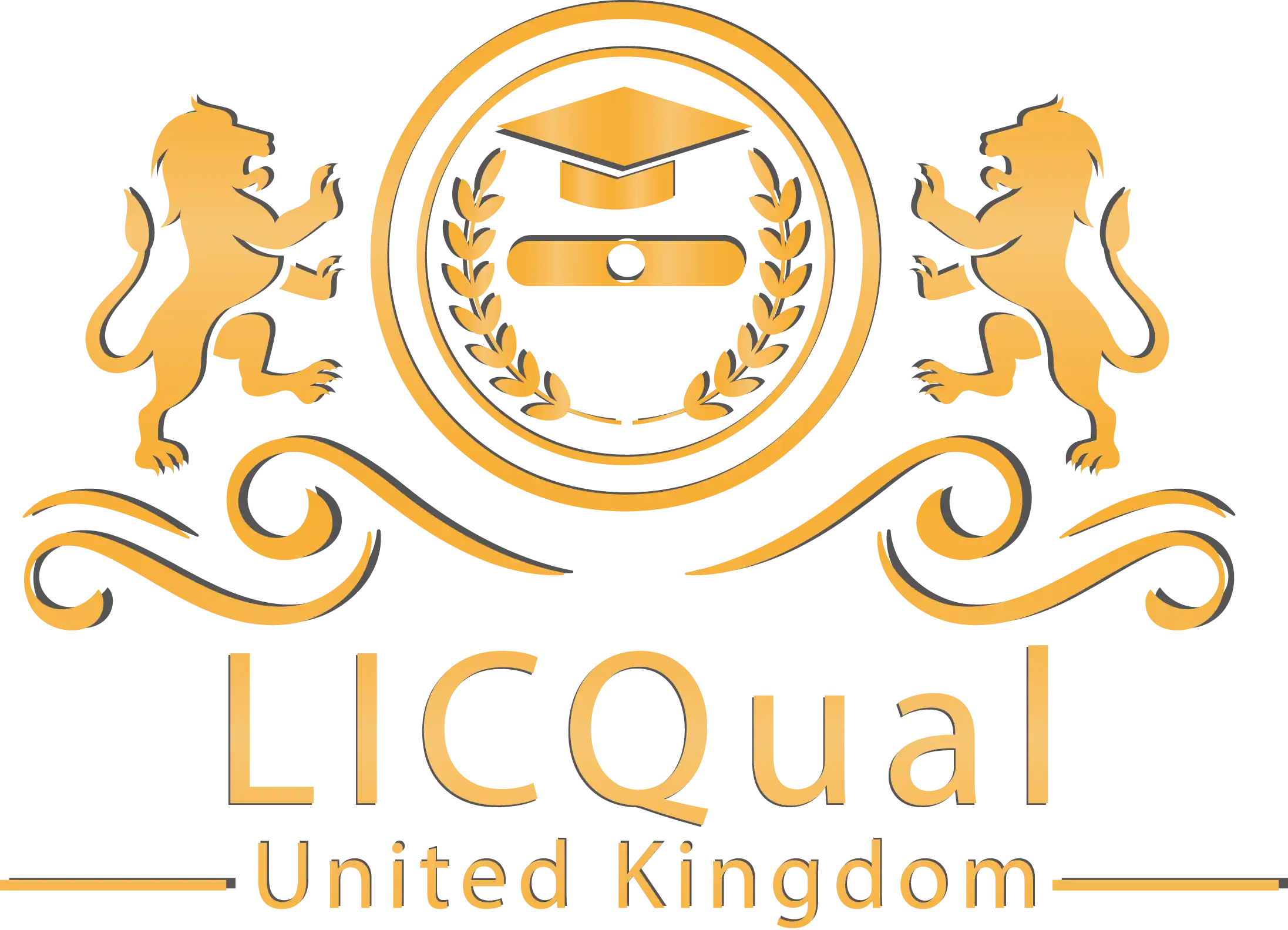The LICQual Level 2 Certificate in Anti-Money Laundering and Customer Verification Training is the perfect course for professionals seeking to expand their knowledge and skills in financial crime prevention. Designed for individuals already familiar with the basics of AML, this training provides a deeper dive into the key strategies and regulations that protect financial institutions from money laundering and fraud.
With a focus on practical applications, the course helps learners understand how to implement customer due diligence (CDD) and verify clients in compliance with international and local AML standards. This certification will enhance your career prospects in industries such as banking, finance, insurance, and legal services, equipping you with the expertise to navigate complex compliance challenges.
The LICQual Level 2 Certificate in Anti-Money Laundering and Customer Verification Training offers a comprehensive curriculum that goes beyond the basics of AML. The course covers essential topics such as advanced customer due diligence (CDD), understanding risk-based approaches to AML, and designing and implementing effective AML programs. You will also learn about recognizing suspicious activity, monitoring high-risk customers, and ensuring accurate reporting and record-keeping practices.
By completing this course, you’ll gain practical knowledge and hands-on skills to better understand the complexities of financial crime and enhance the integrity of your organization’s compliance framework. Whether you’re a compliance officer, financial analyst, or anyone responsible for ensuring regulatory compliance, this training will empower you to implement robust AML measures that protect your business and help you stay ahead in today’s increasingly regulated financial environment.
Take your career to the next level with the LICQual Level 2 Certificate in Anti-Money Laundering and Customer Verification Training and become a trusted expert in financial crime prevention.
Course Overview
Qualification Title
LICQual Level 2 Certificate in Anti-Money Laundering and Customer Verification Training
Total Units
6
Total Credits
18
GLH
72
Qualification #
LICQ2200320
Qualification Specification
To enrol in the LICQual Level 2 Certificate in Anti-Money Laundering and Customer Verification Training, candidates must meet the following entry requirements:
- Educational Requirements: A minimum of a high school diploma (or equivalent) is required. While prior qualifications in finance or law are not mandatory, a basic understanding of financial systems or compliance is beneficial.
- Experience: It is recommended that candidates have some prior experience or knowledge of anti-money laundering (AML) or customer verification processes. This course is ideal for those who have completed an introductory AML course or those currently working in financial services, banking, or compliance-related roles.
- English Language Proficiency: Proficiency in English is required to ensure comprehension of course materials, participation in discussions, and completion of assessments. Candidates should have at least an intermediate level of English (B2 or higher) to fully engage with the content.
- Age Requirement: Candidates must be at least 18 years of age at the time of enrolment.
|
Qualification# |
Unit Title |
Credits |
GLH |
|---|---|---|---|
|
LICQ2200320-1 |
Advanced Anti-Money Laundering Frameworks |
3 |
12 |
|
LICQ2200320-2 |
Detailed Customer Due Diligence (CDD) and KYC Practices |
3 |
12 |
|
LICQ2200320-3 |
Risk-Based Approach to Money Laundering |
3 |
12 |
|
LICQ2200320-4 |
AML Compliance Program Development |
3 |
12 |
|
LICQ2200320-5 |
Monitoring and Reporting Suspicious Activity |
3 |
12 |
|
LICQ2200320-6 |
International AML Standards and Best Practices |
3 |
12 |
By the end of this course, learners will be able to:
Advanced Anti-Money Laundering Frameworks:
- Understand and apply advanced anti-money laundering (AML) frameworks to identify and mitigate financial crime risks.
- Design and implement AML strategies in alignment with regulatory requirements.
- Analyze and assess the effectiveness of AML frameworks in different organizational settings.
Detailed Customer Due Diligence (CDD) and KYC Practices:
- Conduct detailed customer due diligence (CDD) processes, including the application of Know Your Customer (KYC) procedures.
- Assess customer risk profiles and apply enhanced due diligence (EDD) measures for high-risk customers.
- Implement effective identity verification and screening processes to ensure compliance with regulatory standards.
Risk-Based Approach to Money Laundering:
- Apply a risk-based approach to anti-money laundering practices by identifying and assessing risks associated with different customer types and transactions.
- Develop strategies to address and mitigate high-risk scenarios.
- Prioritize resources and compliance efforts based on risk assessment outcomes.
AML Compliance Program Development:
- Develop comprehensive AML compliance programs tailored to meet regulatory requirements and organizational needs.
- Understand the components of an effective AML program, including internal policies, training, and monitoring mechanisms.
- Establish robust systems for continuous program evaluation and improvement.
Monitoring and Reporting Suspicious Activity:
- Implement systems to monitor transactions and behaviors for signs of suspicious activity.
- Recognize red flags and trigger points that necessitate further investigation or reporting.
- Prepare and file Suspicious Activity Reports (SARs) and maintain proper documentation for compliance purposes.
International AML Standards and Best Practices:
- Understand and apply international anti-money laundering standards, such as those set by the Financial Action Task Force (FATF).
- Evaluate best practices in AML compliance adopted globally and apply them to local regulations.
- Ensure that your organization’s AML efforts align with international frameworks and emerging trends in financial crime prevention.
This diploma is ideal for:
- Professionals working in compliance, financial services, banking, and other regulated industries who want to deepen their knowledge of anti-money laundering (AML) practices.
- Individuals responsible for ensuring compliance with financial regulations and managing AML risks within their organizations.
- Compliance officers and managers seeking to enhance their ability to implement and monitor effective AML programs.
- Those working in customer verification, due diligence, or risk management roles looking to gain specialized knowledge in AML frameworks and customer KYC practices.
- Professionals looking to advance their career in the growing field of financial crime prevention.
- Those who have completed introductory AML courses and are seeking to further their expertise with a more in-depth, practical understanding of AML compliance and reporting.
- Managers and directors who need to oversee AML processes and ensure their organizations stay compliant with both local and international AML standards.
- Individuals aiming to move into higher-level roles within AML, financial compliance, or risk management.
Assessment and Verification
All units within this qualification are subject to internal assessment by the approved centre and external verification by LICQual. The qualification follows a criterion-referenced assessment approach, ensuring that learners meet all specified learning outcomes.
To achieve a ‘Pass’ in any unit, learners must provide valid, sufficient, and authentic evidence demonstrating their attainment of all learning outcomes and compliance with the prescribed assessment criteria. The Assessor is responsible for evaluating the evidence and determining whether the learner has successfully met the required standards.
Assessors must maintain a clear and comprehensive audit trail, documenting the basis for their assessment decisions to ensure transparency, consistency, and compliance with quality assurance requirements.

